Hyundai Kona VS XPeng P7 – Specs, Efficiency & Price Comparison
Which model is the better choice – the Hyundai Kona or the XPeng P7? We compare performance (218 HP vs 473 HP), boot capacity (466 L vs 440 L), efficiency (14.60 kWh4.50 L vs 16.80 kWh), and of course, the price (23100 £ vs 42500 £).
Find out now which car fits your needs better!
The Hyundai Kona (SUV) is powered by a Petrol, Full Hybrid or Electric engine and comes with a Manuel or Automatic transmission. In comparison, the XPeng P7 (Sedan) features a Electric engine and a Automatic gearbox.
When it comes to boot capacity, the Hyundai Kona offers 466 L, while the XPeng P7 provides 440 L – depending on what matters most to you. If you’re looking for more power, you’ll need to decide whether the 218 HP of the Hyundai Kona or the 473 HP of the XPeng P7 suits your needs better.
There are also differences in efficiency: 14.60 kWh4.50 L vs 16.80 kWh. In terms of price, the Hyundai Kona starts at 23100 £, while the XPeng P7 is available from 42500 £.
Compare all the key specs now and find out which model fits your lifestyle best!
Hyundai Kona
The Hyundai Kona blends a bold design with a versatile interior, making it a standout choice in the compact SUV market. Its crisp handling and responsive steering provide an engaging driving experience, whether in the city or on the open road. The vehicle also offers a range of features designed to enhance comfort and connectivity, ensuring a pleasurable journey for both driver and passengers.
details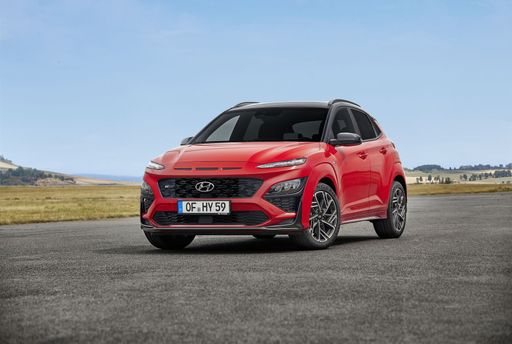 @ hyundai.news
@ hyundai.news
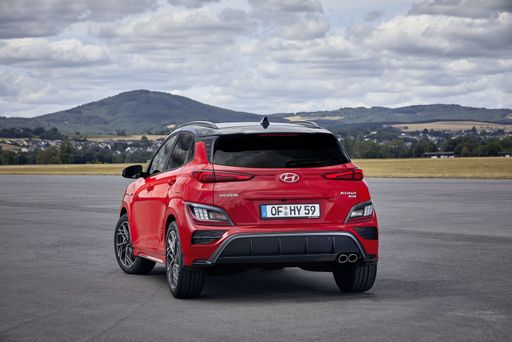 @ hyundai.news
@ hyundai.news
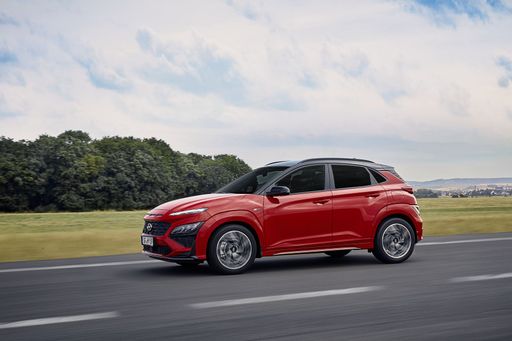 @ hyundai.news
@ hyundai.news
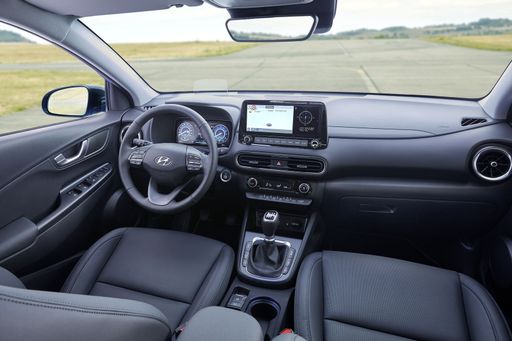 @ hyundai.news
@ hyundai.news
XPeng P7
The XPeng P7 is a sleek and stylish electric saloon that embodies the future of automotive innovation. With its modern design and advanced technology, it offers an impressive driving experience, combining luxury with sustainability. The interior is thoughtfully designed to provide comfort and convenience, making it a strong contender in the competitive market of electric vehicles.
details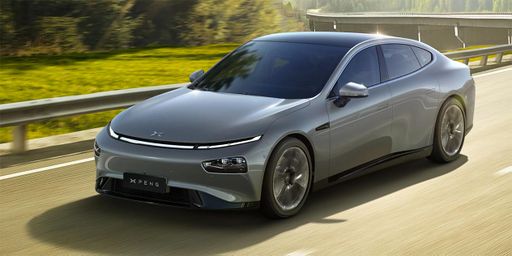 @ XPeng
@ XPeng
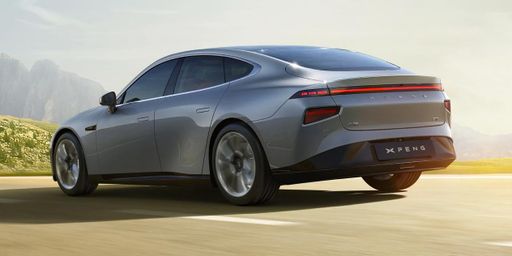 @ XPeng
@ XPeng
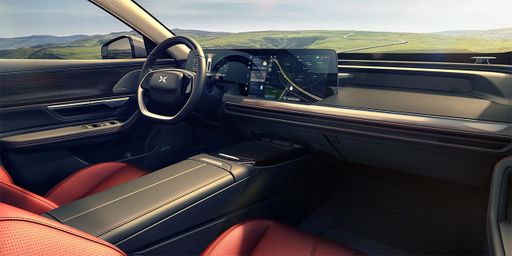 @ XPeng
@ XPeng

|

|
|
|
|
Costs and Consumption |
|
|---|---|
|
Price
23100 - 41600 £
|
Price
42500 - 59700 £
|
|
Consumption L/100km
4.5 - 6.9 L
|
Consumption L/100km
-
|
|
Consumption kWh/100km
14.6 - 16.8 kWh
|
Consumption kWh/100km
16.8 - 19.2 kWh
|
|
Electric Range
377 - 514 km
|
Electric Range
505 - 576 km
|
|
Battery Capacity
1.3 - 65.4 kWh
|
Battery Capacity
82.70 kWh
|
|
co2
0 - 157 g/km
|
co2
0 g/km
|
|
Fuel tank capacity
38 - 47 L
|
Fuel tank capacity
-
|
Dimensions and Body |
|
|---|---|
|
Body Type
SUV
|
Body Type
Sedan
|
|
Seats
5
|
Seats
5
|
|
Doors
5
|
Doors
5
|
|
Curb weight
1370 - 1773 kg
|
Curb weight
2020 - 2180 kg
|
|
Trunk capacity
466 L
|
Trunk capacity
440 L
|
|
Length
4350 - 4385 mm
|
Length
4888 mm
|
|
Width
1825 mm
|
Width
1896 mm
|
|
Height
1580 - 1585 mm
|
Height
1450 mm
|
|
Payload
420 - 490 kg
|
Payload
420 - 430 kg
|
Engine and Performance |
|
|---|---|
|
Engine Type
Petrol, Full Hybrid, Electric
|
Engine Type
Electric
|
|
Transmission
Manuel, Automatic
|
Transmission
Automatic
|
|
Transmission Detail
Schaltgetriebe, Automat. Schaltgetriebe (Doppelkupplung)
|
Transmission Detail
-
|
|
Drive Type
Front-Wheel Drive, All-Wheel Drive
|
Drive Type
Rear-Wheel Drive, All-Wheel Drive
|
|
Power HP
100 - 218 HP
|
Power HP
276 - 473 HP
|
|
Acceleration 0-100km/h
7.8 - 13.3 s
|
Acceleration 0-100km/h
4.1 - 6.7 s
|
|
Max Speed
162 - 208 km/h
|
Max Speed
200 km/h
|
|
Torque
200 - 265 Nm
|
Torque
440 - 757 Nm
|
|
Number of Cylinders
3 - 4
|
Number of Cylinders
-
|
|
Power kW
74 - 160 kW
|
Power kW
203 - 348 kW
|
|
Engine capacity
998 - 1598 cm3
|
Engine capacity
-
|
General |
|
|---|---|
|
Model Year
2024
|
Model Year
2024
|
|
CO2 Efficiency Class
D, C, E, F, A
|
CO2 Efficiency Class
A
|
|
Brand
Hyundai
|
Brand
XPeng
|
Hyundai Kona
The Hyundai Kona: A Comprehensive Overview
The Hyundai Kona has established itself as a standout in the compact SUV segment, blending innovation with performance and style. As the automotive world moves towards more sustainable and efficient options, the Kona offers a variety of powertrains, from traditional petrol engines to full hybrids and all-electric models.
Powertrain Options and Performance
The Hyundai Kona's powertrain choices cater to a wide range of preferences. For petrol enthusiasts, the Kona offers a 1.0L T-GDI engine, delivering 100 PS, and a more robust 1.6L T-GDI variant with up to 170 PS. Those looking for efficiency without sacrificing power can consider the full hybrid model, offering 129 PS and an impressive consumption of 4.5 L/100km.
For a greener option, the all-electric Kona provides a compelling case. With battery capacities of up to 65.4 kWh, the electric Kona offers power outputs of 156 to 218 PS, and efficiencies as low as 14.6 kWh/100km, enabling an electric range of up to 513 km.
Technical Specifications and Innovations
Built on a robust platform, the Kona delivers versatility and reliability. With a choice between manual or dual-clutch automatic gearboxes, along with options for front-wheel or all-wheel drive, the Kona ensures a tailored driving experience. The handling is enhanced by the car's lightweight construction, balancing a 1370 to 1773 kg curb weight with dynamic performance.
The Kona's design doesn't compromise cargo space for style; it offers a generous 466 L boot capacity. With a relatively compact body, measuring 4350 to 4385 mm in length, the Kona easily navigates urban environments while still commanding a strong road presence with its 1825 mm width.
Efficiency and Eco-Friendliness
Hyundai is committed to reducing emissions, as evidenced by the Kona's CO2 efficiency ratings, which range from class A for electric models to class D for some higher-performance petrol variants. The focus on reducing environmental impact without sacrificing driving pleasure is notable throughout the Kona range.
Costing and Value
The Hyundai Kona offers commendable value for money. Pricing starts at €26,400 and reaches up to €50,690, depending on the chosen configuration. The monthly running costs range from €956 to €1090, with a cost per kilometre of 38.3 to 43.6 cents, making it a competitive option in its class.
Conclusion: Modern, Efficient, and Versatile
The Hyundai Kona stands as a testament to Hyundai's commitment to innovation, efficiency, and practicality. Whether you are inclined towards a traditional combustion engine, a hybrid for a balance of power and efficiency, or a full electric model for maximum eco-friendliness, the Kona provides a tailored solution for each unique driver preference.
XPeng P7
Introducing the XPeng P7: A Revolution on Wheels
The XPeng P7 is not just a car; it's a statement. As an electric sports saloon, it combines cutting-edge technology with sleek design, redefining the standards of modern electric vehicles.
Performance That Puts the "Power" in Powertrain
At the heart of the XPeng P7 is a choice between rear-wheel and all-wheel drive systems, delivering phenomenal power of between 276 to 473 PS. With the top performance model accelerating from 0 to 100 km/h in just 4.1 seconds, this is a vehicle built for speed enthusiasts.
Impressive Range and Efficiency
The P7 boasts an electric range between 505 km and 576 km, thanks to its efficient power consumption of 16.8 to 19.2 kWh/100km and a substantial battery capacity of 82.7 kWh. This places it among the most efficient electric vehicles currently available.
Innovations for a Connected Journey
The XPeng P7 is equipped with the latest in automotive technology. Advanced driver-assist systems provide automatic steering and braking, ensuring both safety and comfort on long drives. Furthermore, its intelligent cockpit features a large touchscreen and AI voice interaction, keeping drivers connected and informed at all times.
Design and Comfort: Where Function Meets Form
With its stunning fastback design, the P7 is as attractive as it is aerodynamic. Measuring 4,888 mm in length, 1,896 mm in width, and 1,450 mm in height, this saloon offers ample space for passengers and boasts a generous 440-litre boot, easily accommodating the needs of a family or a business traveller.
Sustainability with Effective Luxury
While offering zero emissions and a CO2 efficiency rating of A, the XPeng P7 doesn't compromise on luxury. Featuring premium materials and finishes, the cabin environment is serene and sophisticated, making every journey a pleasure.
Pricing and Availability
Available with a price range between €49,600 and €69,600, the XPeng P7 provides various configurations that cater to different performance and lifestyle needs, offering a value proposition that few competitors can rival.
Conclusion
The XPeng P7 stands out in the crowded electric vehicle market through its exceptional balance of performance, technology, and design. It's a bold step forward for the brand, setting new standards for what drivers can expect from a modern electric saloon.
The prices and data displayed are estimates based on German list prices and may vary by country. This information is not legally binding.
